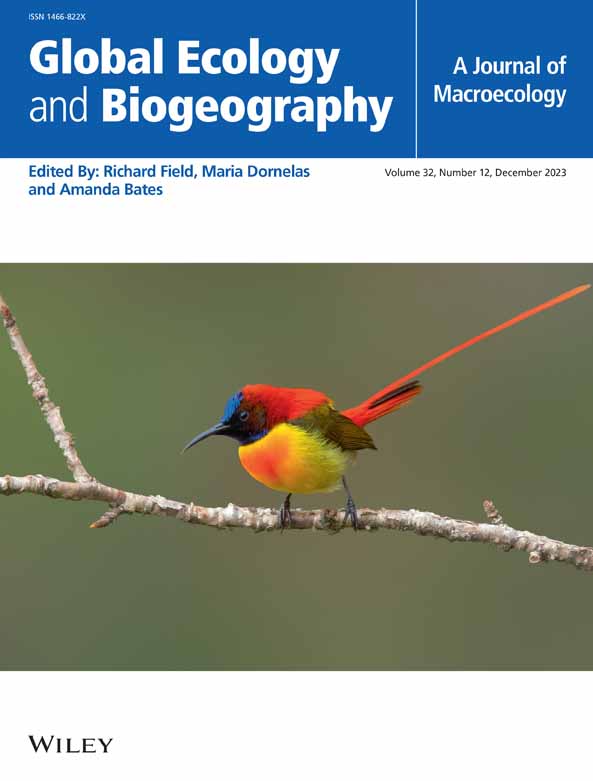Broad-Scale Diversity Patterns Differ Among Belowground Organismal Groups in Coastal Wetlands
Abstract
Aim
Coastal wetlands belong to the most productive and biodiverse ecosystems, hosting a vast array of organisms including diverse belowground taxa. Despite their importance in driving critical ecosystem functions, the diversity and distribution of these cryptic belowground taxa remain poorly understood, particularly at broad spatial scales. Here, we used a large-scale sampling design to test the effects of (i) mean annual temperature (MAT), (ii) net primary productivity (represented by aboveground plant biomass and algal biomass), and (iii) sediment grain size (SED, representing local conditions) on the diversity of belowground organisms in coastal wetlands, with a focus on bacterial, protistan, and metazoan communities.
Location
Coastal wetlands of China.
Time Period
Current.
Major Taxa Studied
Bacteria, protists and metazoa.
Method
We sampled 101 coastal wetlands including bare mudflat (39 sites), salt marsh (36 sites) and mangrove (26 sites). High throughput sequencing of 16S and 18S rRNA genes was conducted to examine the belowground diversity. We then applied generalised linear models to examine the relationship between environmental predictors and belowground diversities. Finally, we conducted piecewise structural equation modelling to explore both direct and indirect effects on diversities along the entire coastline.
Results
MAT had a significantly positive influence on surface belowground metazoan diversity, while bacterial diversity was more driven by SED. Both MAT and SED had a non-significant effect on protistan diversity. The aboveground plant biomass had a significantly positive influence on belowground diversities only in salt marshes but not in mangroves. Bacterial and protistan diversities decreased with increasing algal biomass in all habitats.
Main Conclusions
Our findings suggest that the importance of MAT in driving surface–belowground diversities decreased from multicellular organisms to unicellular groups. The vegetation effect was more important in less productive salt marshes. The increasing algal biomass probably led to resource competition among unicellular organisms, resulting in lower bacterial and protistan diversities.

 求助内容:
求助内容: 应助结果提醒方式:
应助结果提醒方式:


